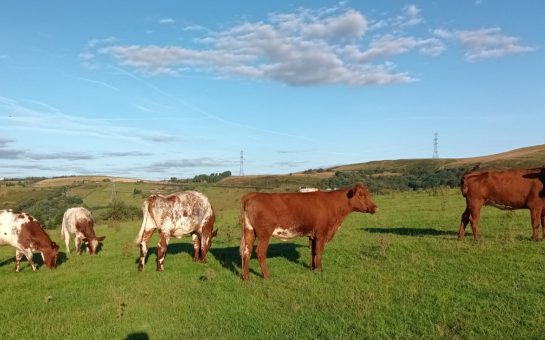As the final opinion polls are released, all the debates complete and with less than an hour until the polls open, the 2019 general election campaign is at an end.
Between 7am-10pm over 45 million people are due to cast their votes up and down the UK.
The Conservative party, led by Prime Minister Boris Johnson, reach the end of the campaign with a lead in the polls. If this holds into Election Day it should see them with a small majority of seats in parliament where they should be able to enact their manifesto plans.
Labour, led by opposition leader Jeremy Corbyn, have made up significant ground in polling since the campaign began and if polls are only slightly wrong they have a significant chance of forming a minority government with the help of minor parties.
The Liberal Democrats, who started the campaign strongly, have fallen back in recent weeks as the main two parties have eaten into their support. Leader Jo Swinson initially harboured ideas of being the largest party and unilaterally revoking article 50, but as the campaign wore on she softened her Brexit rhetoric and targeted her efforts in more specific areas.
The minor parties, especially the Brexit party, have seen a fall in support, mainly to do with leader Nigel Farage standing his candidates down in all 317 constituencies where the Conservatives won in 2017.
The SNP is poised to do well in Scotland, and Plaid Cymru with its energetic leader Adam Price should do well in Wales.
The two biggest uncertainties in this elections will be tactical voting and turnout. With two realistic outcomes possible, a Conservative majority or a hung parliament, all remain leaning parties will be eager to back MPs who are most likely to defeat the Tories. In some cases Lib Dem voters will be encouraged to lend their votes to Labour, and in others vice versa.
Conversely, Conservatives will be looking to hoover up as much Brexit Party support as possible, especially in leave voting northern seats where they will need to make gains from Labour to offset some potential losses in metropolitan areas.
Furthermore, turnout could play a crucial factor especially in the case of young people. Labour’s grassroots organisation Momentum will launch a massive get-out-the-vote campaign targeting voters aged 18-30, a demographic which is often difficult to measure in conventional polls. If young voter turnout is high, then Labour will do well and the chance of a hung parliament greatly increases.
Pollsters and the media are all too aware that they were mostly all wrong with predicting the outcome of the last two general elections, as well as the Brexit referendum. So they’re understandably cautious when making predictions.
The YouGov MRP poll released on Tuesday night gave the Tories a small majority with 339 seats but stress that the margin of error in this poll could see them slip as low as 311 and Labour on 256 which would result in a hung parliament. Equally, a landslide Conservative majority is not completely out of the question where they could receive as many as 367 seats, a thumping majority of 82.
Our first indication of the actual results will come in the form of the exit poll released tomorrow night at 10pm. Again, the exit poll has not always proved correct in the past so it may turn out to be a long night and morning on Thursday and into Friday.
No matter who you support, please make sure you vote and we’ll look forward to seeing many pictures of dogs sitting outside polling stations on social media.



